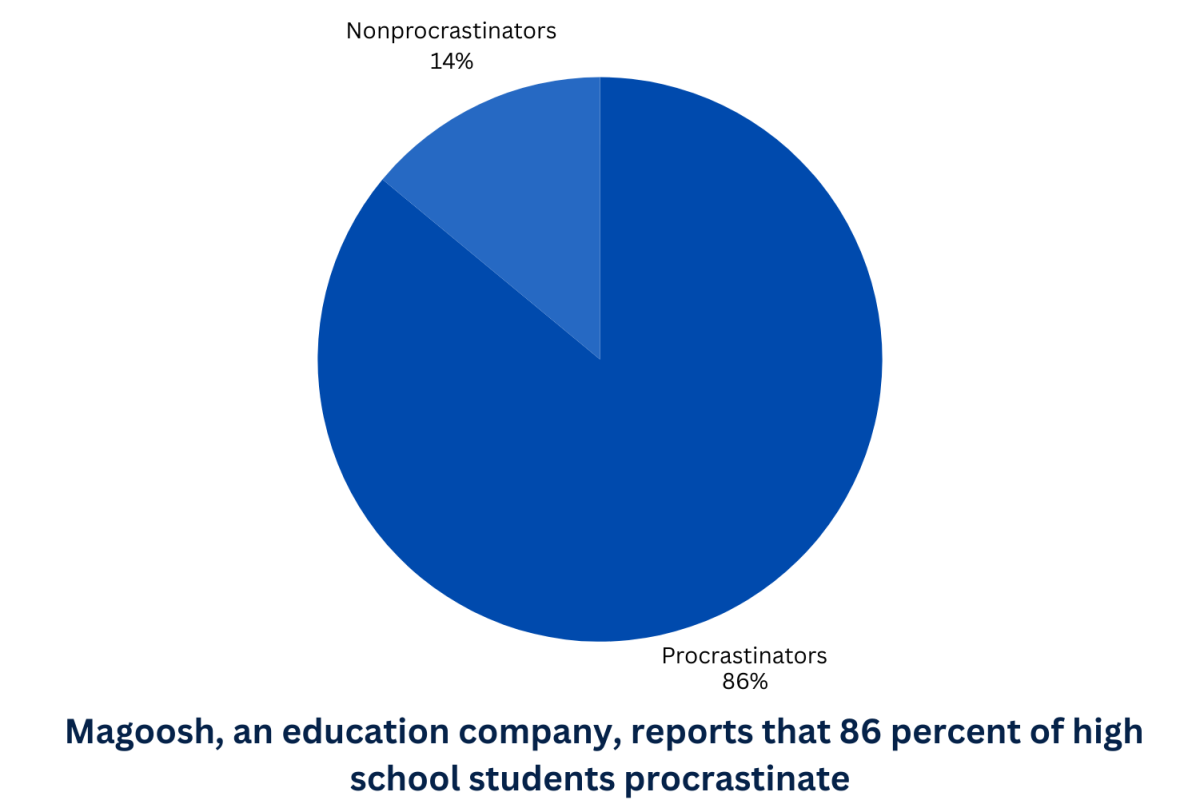Thanksgiving is a time for gratitude, celebration, and most importantly, indulgent feasting. The holiday’s culinary staples are as much a tradition as the gathering itself, with certain dishes sparking debate over their place at the table. From turkey and ham to casseroles and pies, each food offers its own unique appeal and drawbacks. Here is an informal analysis of these Thanksgiving favorites, pairing each with its counterpart and examining the pros and cons, as well as popularity statistics.
Turkey vs. Ham
Turkey: The Classic Star
Pros:
- Low Fat: Turkey, especially the white meat, is lean and high in protein. A 3-ounce serving contains around 135 calories and 25 grams of protein, making it a health-conscious choice for many Americans.
- Tradition: Turkey has become synonymous with Thanksgiving, cementing its place as the centerpiece of the holiday meal.
- Versatility: Its mild flavor pairs well with a variety of side dishes and can be seasoned or stuffed in countless ways.
Cons:
- Dryness: Turkey has a notorious reputation for being dry if not cooked properly, especially the breast meat.
- Cooking Time: Roasting a turkey can take several hours, often requiring meticulous attention to achieve the perfect balance of tenderness and moisture.
Popularity: According to the National Turkey Federation, approximately 46 million turkeys are eaten each Thanksgiving in the United States, demonstrating its dominance on the holiday table.
Ham: The Sweet and Savory Contender
Pros:
- Flavorful: Ham’s natural saltiness and ability to be glazed with sweet flavors like honey or brown sugar make it a crowd-pleaser.
- Convenience: Pre-cooked hams significantly reduce preparation time compared to turkey.
- Juiciness: Ham retains its moisture better than turkey, making it less prone to dryness.
Cons:
- Higher Sodium: Ham tends to be high in sodium, with a 3-ounce serving containing around 1,200 milligrams of sodium, which is over half the recommended daily intake.
- Tradition Factor: While popular, ham lacks the symbolic connection to Thanksgiving that turkey holds.
Popularity: A 2022 survey by Butterball found that 13% of Americans prefer ham as their main Thanksgiving dish, making it the second most popular protein option for the holiday.
Comparison:
While turkey reigns supreme due to tradition and its healthier profile, ham’s ease of preparation and bold flavor make it an appealing alternative. Ultimately, the choice may come down to the size of the gathering, with turkey being better suited for large groups.
Sweet Potato Casserole vs. Green Bean Casserole
Sweet Potato Casserole: The Sweet Showstopper
Pros:
- Decadent Flavor: The combination of sweet potatoes, butter, sugar and marshmallows creates a dessert-like side dish that appeals to those with a sweet tooth.
- Nutrient-Rich: Sweet potatoes are high in fiber, beta-carotene and vitamins A and C, offering some nutritional benefits despite the added sugar.
Cons:
- High in Sugar: With the addition of marshmallows, brown sugar and butter, sweet potato casserole can be high in calories and sugar, diminishing its health benefits.
- Too Sweet for Some: The dessert-like nature may not appeal to those who prefer savory dishes.
Popularity: According to a YouGov survey in 2021, 25% of Americans rank sweet potato casserole among their top five Thanksgiving sides, showcasing its widespread appeal.
Green Bean Casserole: The Savory Favorite
Pros:
- Comfort Food: Made with green beans, cream of mushroom soup and crispy fried onions, this dish combines creamy and crunchy textures in a savory package.
- Vegetable-Based: It’s one of the few dishes that prominently feature vegetables, making it a lighter option amidst heavier sides.
- Quick Preparation: The canned ingredients make it easy and fast to prepare.
Cons:
- Overly Processed: The reliance on canned soup and pre-fried onions can result in a less fresh-tasting dish.
- Polarizing Texture: The creaminess may not be appealing to everyone, especially those who dislike soggy textures.
Popularity: A Campbell survey found that 40% of American households serve green bean casserole at Thanksgiving, a testament to its status as a staple dish.
Comparison:
Sweet potato casserole leans toward indulgence, while green bean casserole provides a more balanced and savory option. The choice may depend on the overall tone of the meal—whether diners are looking for richness or a palate cleanser.
Pumpkin Pie vs. Pecan Pie
Pumpkin Pie: The Quintessential Dessert
Pros:
- Tradition: Pumpkin pie is arguably the most iconic Thanksgiving dessert, deeply tied to the season’s flavors.
- Lower in Calories: A slice of pumpkin pie has around 320 calories, significantly less than its pecan counterpart.
- Spiced Flavor: The combination of cinnamon, nutmeg and cloves makes it a comforting and aromatic dessert.
Cons:
- Texture: The smooth and custard-like filling may not be appealing to everyone.
- Limited Versatility: Compared to other pies, pumpkin pie has a distinct flavor profile that doesn’t easily pair with a wide variety of other dishes or toppings beyond whipped cream.
Popularity: A 2022 survey by the American Pie Council revealed that 36% of Americans consider pumpkin pie their favorite Thanksgiving dessert.
Pecan Pie: The Rich Southern Favorite
Pros:
- Indulgent Flavor: Pecan pie’s combination of pecans, sugar, butter and corn syrup creates a rich, sweet and nutty flavor that’s hard to beat.
- Crunchy Texture: The pecan topping adds a satisfying crunch that contrasts with the smooth filling.
Cons:
- High in Calories: One slice of pecan pie contains about 500 calories, making it one of the most calorie-dense Thanksgiving desserts.
- Overwhelming Sweetness: For some, the intense sweetness can be cloying.
Popularity: The same American Pie Council survey found that 17% of Americans prefer pecan pie, making it less popular than pumpkin pie but still a beloved choice.
Comparison:
Pumpkin pie offers a lighter, more traditional dessert, while pecan pie is an indulgent treat. The decision may depend on the balance of flavors in the overall meal, as well as regional, dietary, or personal preferences.
Thanksgiving food preferences are as varied as the families who celebrate the holiday. Whether it’s turkey or ham, sweet potato casserole or green bean casserole or pumpkin pie versus pecan pie, each dish brings its unique strengths and drawbacks to the table. While tradition often guides the choice, considerations such as preparation time, nutritional value and personal taste also play significant roles. Regardless of the specific menu, these dishes together create a feast that’s greater than the sum of its parts, embodying the spirit of Thanksgiving.







